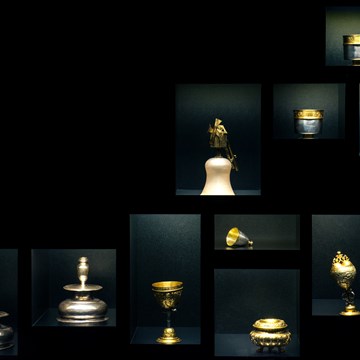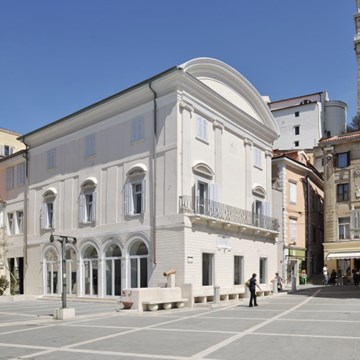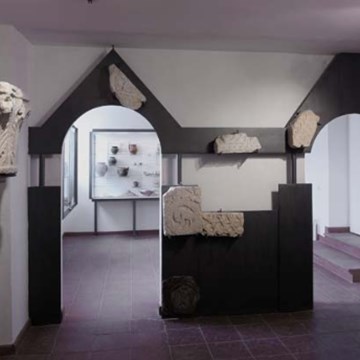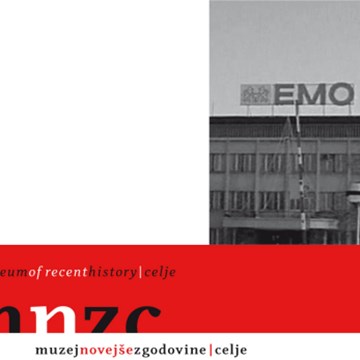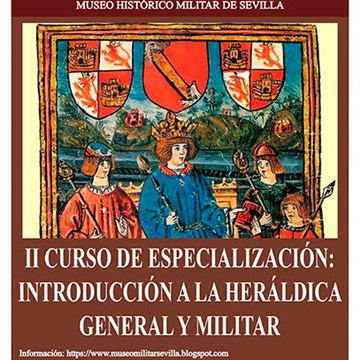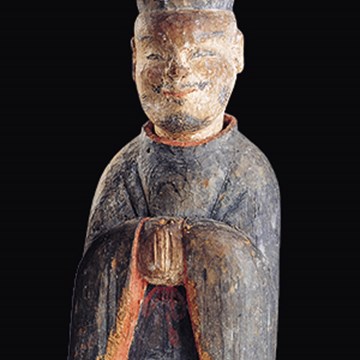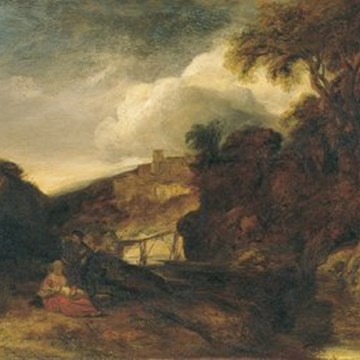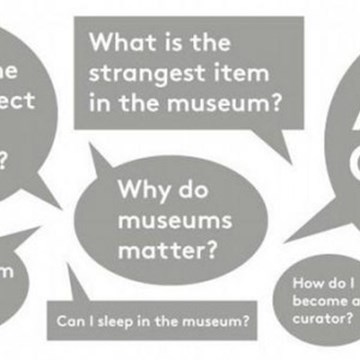Museo Nacional del Prado
The building that today houses the Museo Nacional del Prado was designed by architect Juan de Villanueva in 1785. It was constructed to house the Natural History Cabinet, by orders of King Charles III. However, the building's final purpose - as the new Royal Museum of Paintings and Sculptures - was the decision of the monarch's grandson, King Ferdinand VII, encouraged by his wife Queen Maria Isabel de Braganza.The Royal Museum, soon quickly renamed the National Museum of Paintings and Sculptures and subsequently the Museo Nacional del Prado, opened to the public for the first time in November 1819. The Museum's first catalogue, published in 1819, included 311 paintings, although at that time its collection comprised just over 1,510 pictures from the various Reales Sitios (Royal Residences). The exceptionally important royal collection, which represents the foundation of the Museum's collection as we know it today, started to increase significantly in the 16th century during the time of Charles V and continued to thrive under the succeeding Habsburg and Bourbon Monarchs. It is down to them than nowadays we can contemplate in the Museum as greatest masterpieces as The Garden of Earthly Delights by Bosh, The Nobleman with his hand on his Chest by El Greco, Death of the Virgin by Mantegna, The Holy Family known as The Pearl by Raphael, Emperor Carlos V on Horseback by Titian, The Foot Washing by Tintoretto, Self-portrait by Durër , Las Meninas by Velázquez, The Three Graces by Rubens, and The Family of Carlos IV by Goya.
In addition, more outstanding paintings - which belonged to the Museo de la Trinidad - entered the Prado, among them The Fountain of Grace by the School of Jan Van Eyck, Saint Dominic Presides over an Auto de Fe by Pedro Berruguete, and five canvases by El Greco executed for the Colegio de Doña María de Aragón. Most of the Museum's 19th-century paintings came from the former Museo de Arte Moderno, including works by the Madrazo, Vicente López, Carlos de Haes, Rosales and Sorolla.
More than 2,300 paintings have been incorporated into the Museum del Prado since its opening as well as a large number of sculptures, prints, drawings and works of art through bequests, donations and purchases, which account for most of the New Acquisitions. Particularly important was the Barón Emile d'Erlanger's donation of Goya's Black Paintings in 1881. Among the works that have entered the collection through purchase are some outstanding ones acquired in recent years including two works by El Greco, Fable and The Flight to Egypt acquired in 1993 and 2001, The Countess of Chinchón by Goya bought in 2000, and Velázquez's Portrait of the man called 'The Pope's Barber' acquired in 2003.
Important bequests have enriched the Museum's collection. Among them we should mention the magnificent collection of medals bequeathed by Don Pablo Bosch's, the vast collection of drawings and decorative arts that belonged to don Pedro Fernández Durán's, and the Ramón de Errazu Bequest of 19th-century Painting.
Collection and visitors number increased greatly throughout 19th and 20th century. In order to accommodate them in a more accurate way, consecutive expansion projects were undertaken to the Villanueva's building to the point that any further intervention was not longer possible. At this point, the Museum's development was solved by constructing a new building located on a site facing the east facade of the Prado, and interconnecting the two buildings from within.
Exhibitions and events
We don't have anything to show you here.
Educational programs
We don't have anything to show you here.
Collections
We don't have anything to show you here.









